NEWS / EVENTS
Announcements
2021.10.19
"Future recipe" contest results announced!
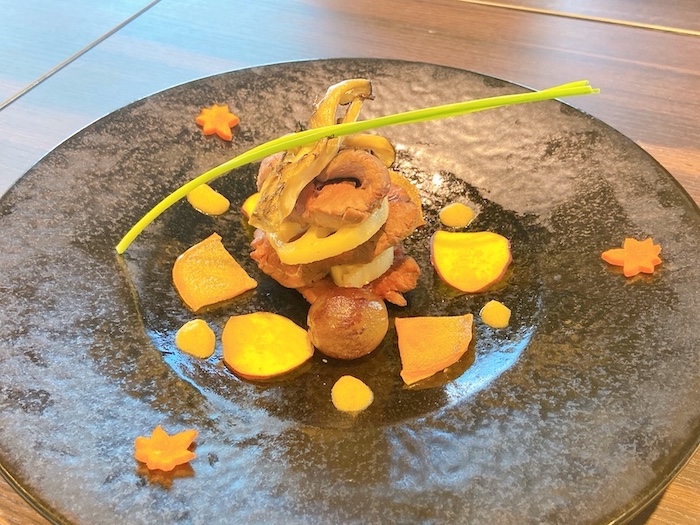
Hello everyone 😊
AlwaysTOKYO YAMANOTEThank you for visiting my blog!
.
Second-year food service classes and food education research group students applied for the "Future Recipe Contest" sponsored by the Japan Sustainable Restaurant Association, with the theme of how food should be in 2030!
.
What is the “Future Recipe Contest”?
2030 is the year we aim to achieve the Sustainable Development Goals (SDGs).
How many people can imagine their lives toward 2030, which can be said to be a turning point in climate change issues?
In the field of food, the damage caused by climate change to food production is increasing.
There is also the issue of the food system itself, such as the environmental impact such as greenhouse gases generated by the restaurant business itself.
Therefore, SRA-J, which aims to realize a sustainable food system centered on restaurants, will hold "Creative Chefs Box 2030"!
From a creative perspective, we will think about how “food should be in 2030” and create and spread “future recipes” as solutions.
From the website of Japan Sustainable Restaurant Association
.
"Future recipe contest" to devise what the global environment should be in 2030 from the perspective of food
Our students also developed menus from various perspectives and applied.
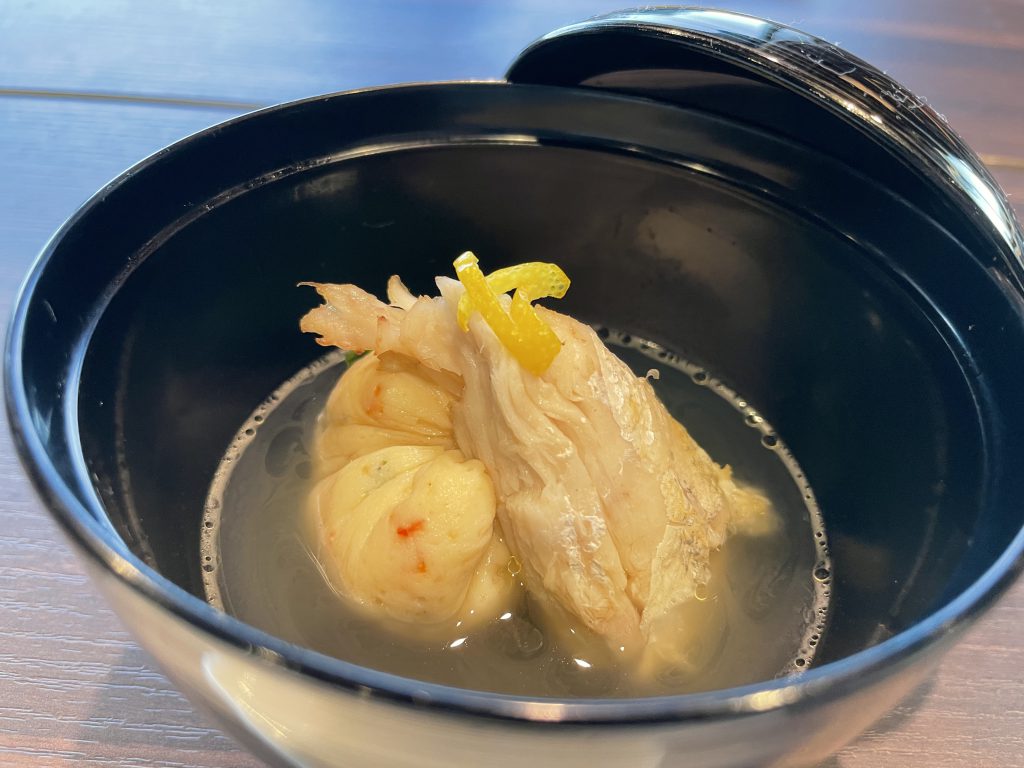
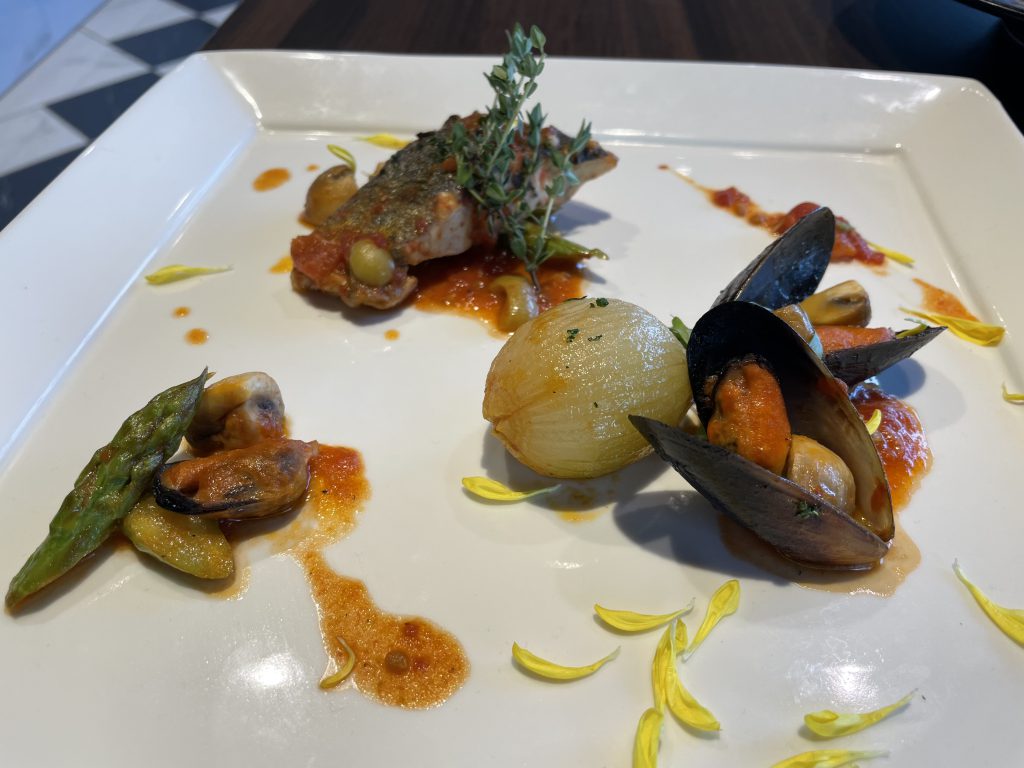
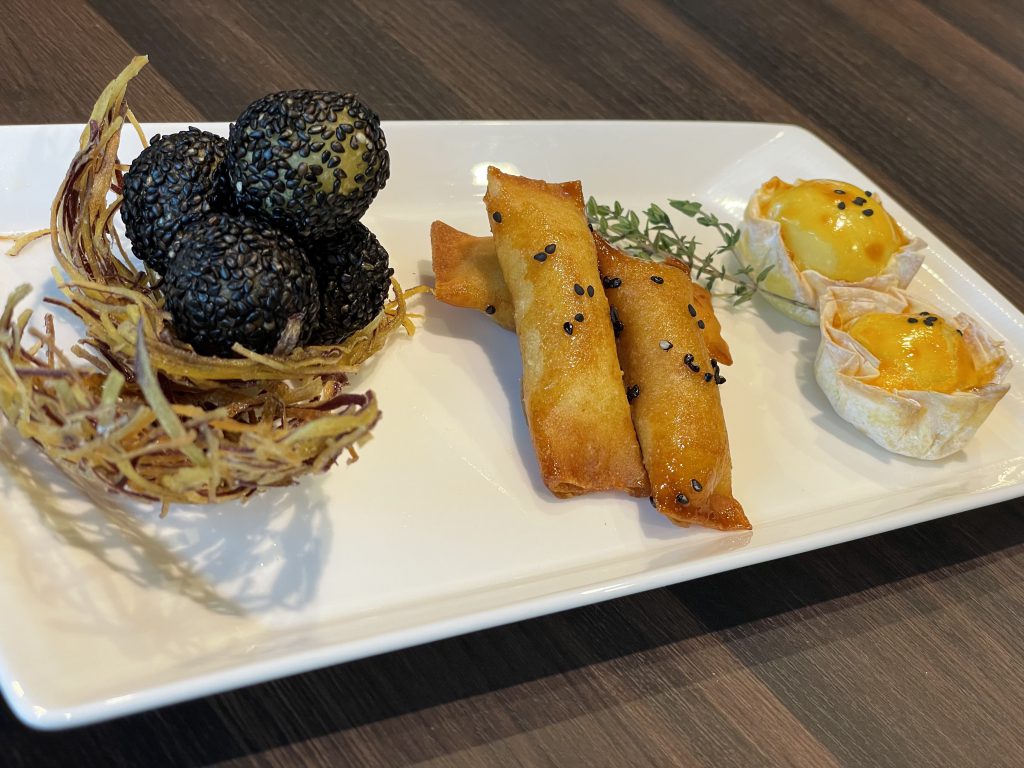
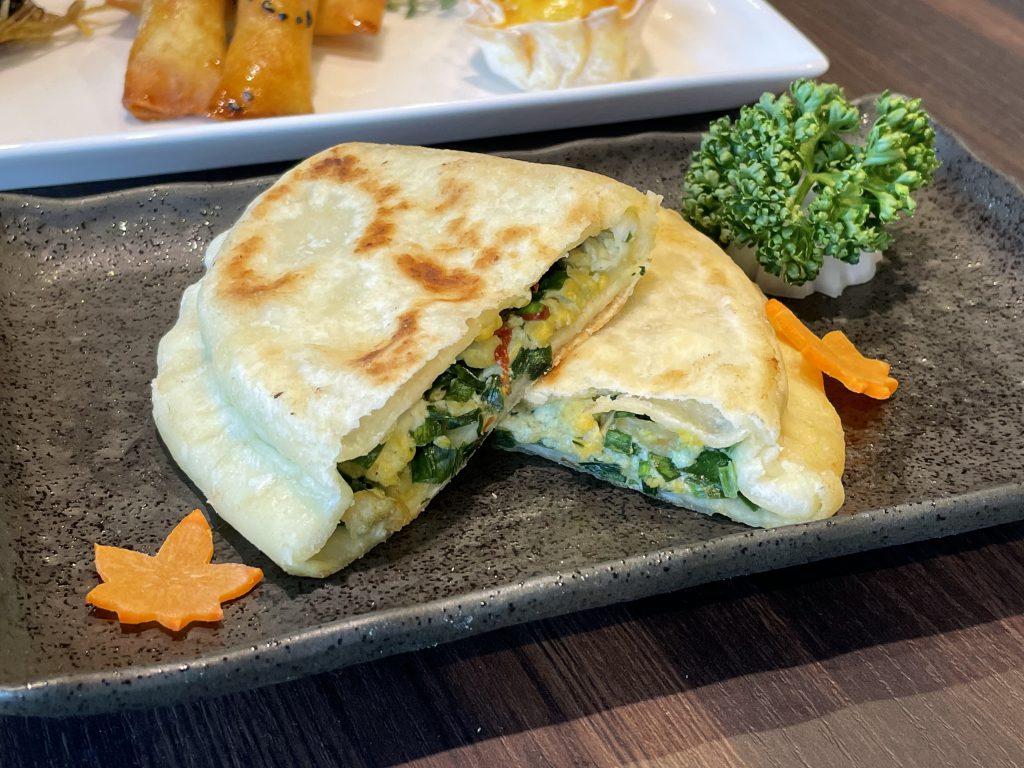
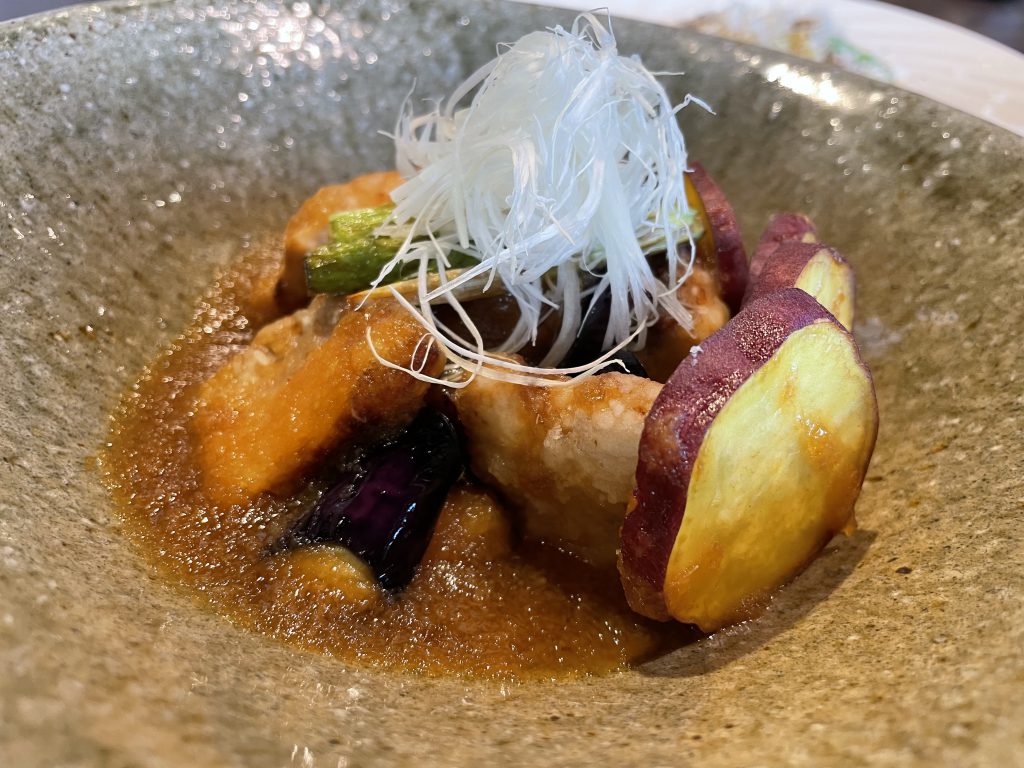
Various works were prepared!
All of them are filled with the thoughts of each inventor.
.
And on the 16th of the other day, the results were announced on "World Food Day"!
Unfortunately, our students did not win the prize, but the finalists have been posted on the official website!
Introducing the works of the finalists!
.
.
.
.
Rui Hoshino
Maitake protease-style venison ~ served with persimmon sauce ~

Recently, due to the effects of global warming, the number of areas with little snowfall has increased, so the deer's range of behavior has expanded and they have come down to human settlements.
Agricultural products are also damaged, and as a countermeasure, they are disposed of by burial or incineration.Considering that it was originally thrown away, it can be said that it is environmentally friendly (low environmental load).
.
Judge's comment
Food loss occurs not only in the kitchen, but also in various phases when looking at the entire supply chain.One of them is the current situation where deer killed for animal damage are thrown away as industrial waste. .
.
.
.
.
Natsumi Kishi
Persimmon sauce and vegetable millefeuille
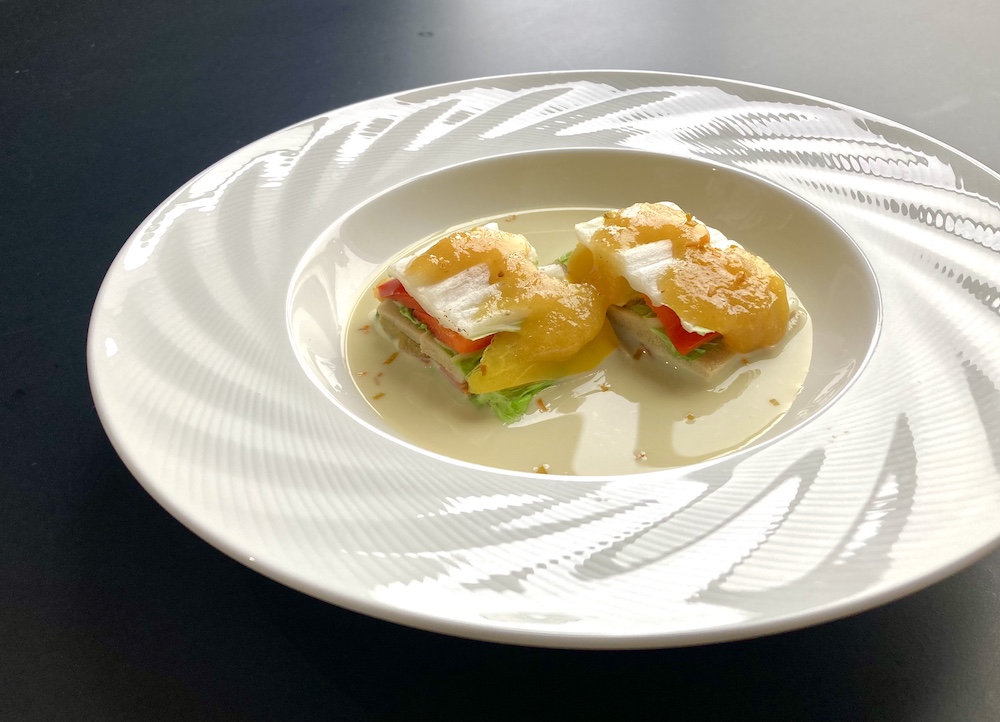
I wanted to make a plant-based dish that would reduce food loss, so I floated vegetable mille-feuille in a soy milk soup and added persimmon and miso sauce.
Between the mille-feuilles, Koya-dofu and boiled kelp broth are added, and the soymilk soup is made from vegetable scraps and calyx left over from the cooking process.Persimmon skin is flavored with soy sauce and made into flakes.
We use persimmons and spinach harvested in Setagaya Ward, where the school is located, but it is a recipe that allows anyone to work on local production for local consumption and reduce food mileage by changing the vegetables depending on the region and season.
In addition, CO2 emissions can be reduced by doing all the heating processes, such as making the kombu dashi into cold water, in the microwave.
.
Judge's comment
Although it is a very simple recipe, it is a sustainable Japanese recipe that uses traditional Japanese cooking methods such as kombu dashi and finely chopped vegetables.It was highly evaluated for not only being plant-based, but also paying attention to food loss and local production for local consumption (carbon footprint).
.
.
.
.
Sota Kishida
Bullfrog fricassee
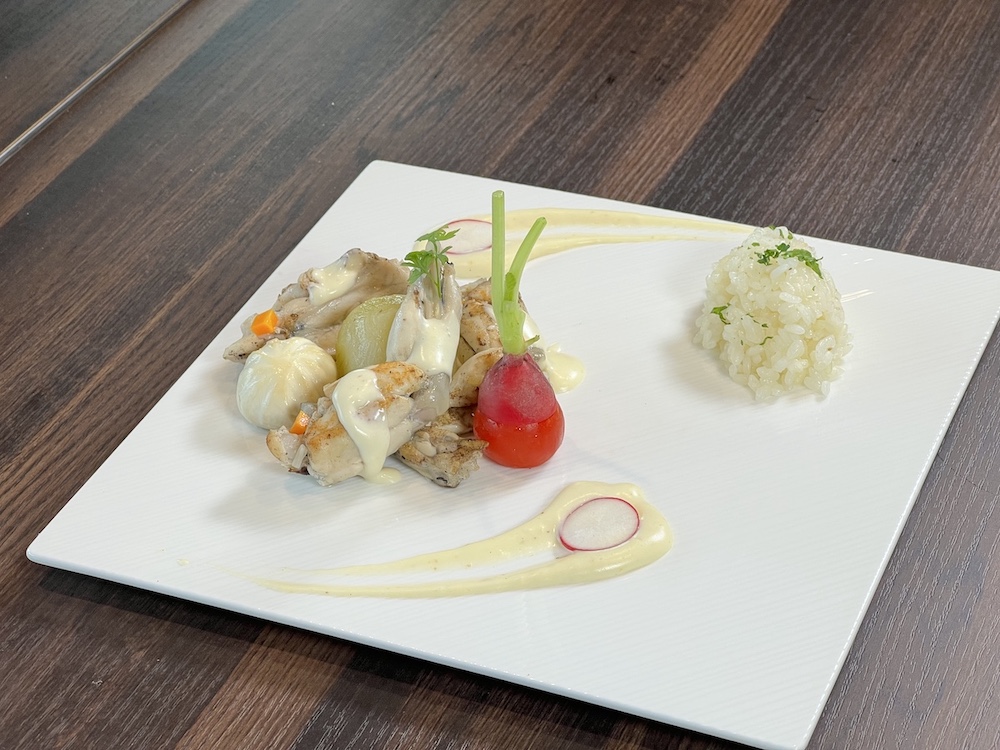
Bullfrog is designated as a specific alien species to be exterminated in Japan because it adversely affects native species.
However, the reason why it was brought to Japan is edible.Bullfrogs are treated as bad guys, but the bad ones are the people who brought them in without much thought and failed to fulfill their original purpose.
So, I thought it would be nice if there was a menu that would not only be killed, but also eat deliciously and protect nature.
.
Judge's comment
The sustainability of biodiversity and resources is an essential perspective for future chefs.It's wonderful to have a consistent story that goes so far as to think about why these problems are caused and how to solve them.
.
.
.
. .
Yosuke Sasaki
Shrimp and black bass quenelle
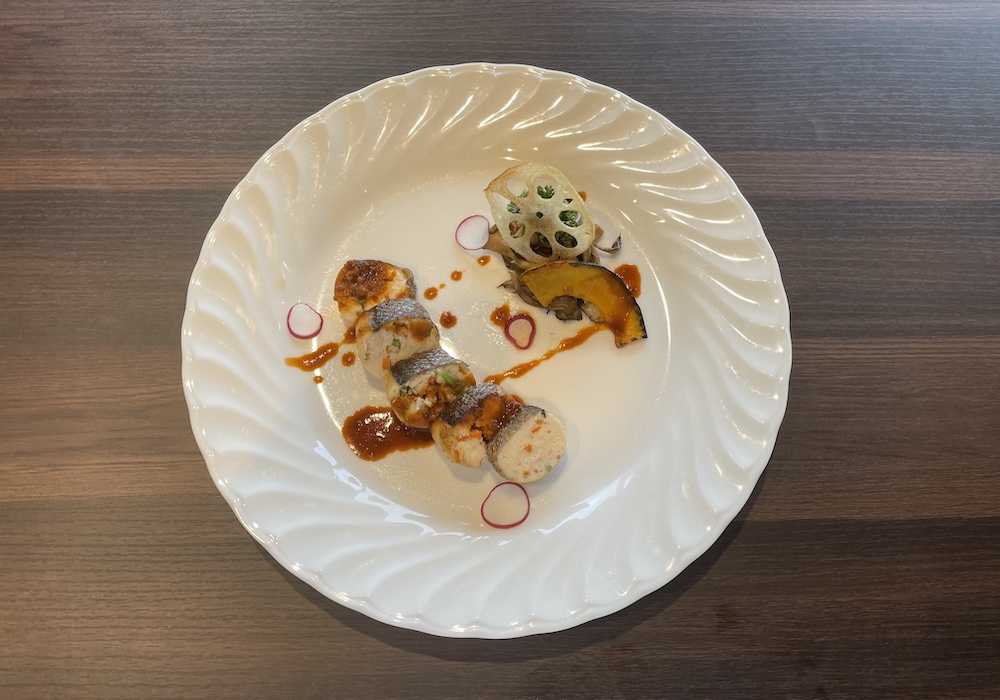
For the quenelle, I used only black bass meat and skin.Crayfish for sauce Americaine.
The reason for using these two is that both organisms have a very large impact on native species, and black bass preys on native species and reduces their amount.
Crayfish are cutting water plants and polluting the water quality of rivers and ponds.
Since it is a native species, the number of food delivered to the chef and the customer will decrease, so we have increased the number of these two organisms that are reducing the number of native species, and also increased the native species to make delicious dishes that can be eaten. .
.
Judge's comment
“With respect to the theme of eliminating food waste, the perspective of food procurement, which focuses on the problems of marine resources and ecosystems, such as the predation of native species by alien species, was highly evaluated. I think it's a necessary perspective as a chef's perspective.
.
. .
Also, the work of a student from our sister school, Osaka Cooking and Confectionery College, was selected as a finalist, so we will introduce it.
. .
. .
Aikari Tashiro
Summer Veggie Parfait with Shrimp Tuile~
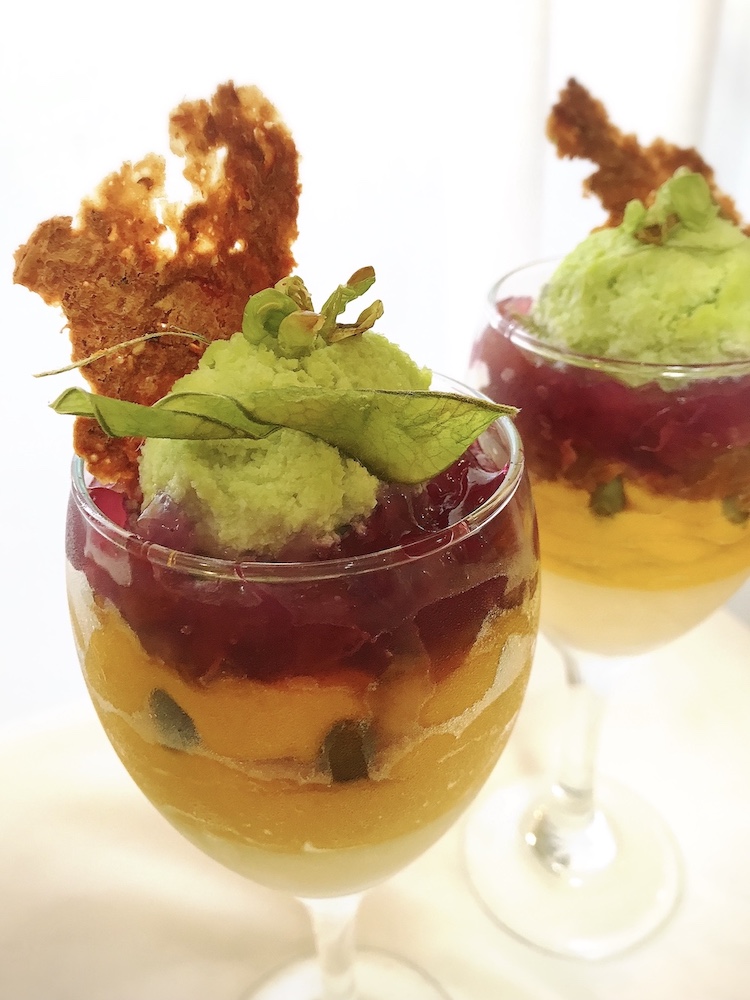
A cold hors d'oeuvre with the image of a gorgeous parfait that will make you snap the shutter.Enjoying seasonal food and valuing the meaning of eating the ingredients.
Grapes, green soybeans, pumpkins, eggs, and shrimps are all used as ingredients.
The refreshing sweetness of the fruit and the natural sweetness of the vegetables are a perfect match, and you can enjoy the gentle flavor of the egg.As an accent to the texture, we added a tuile made from shrimp shells.
It is a dish that brings out the taste of the whole material.
.
Judge's comment
Egg shells, pumpkin skins, shrimp shells, etc. are all used as a whole, and the scraps that are discarded are valued and beautifully finished.
In particular, it was highly praised for conveying a message while adding value to things that would otherwise be thrown away by making the edamame peel look like a ribbon.
From the website of Japan Sustainable Restaurant Association
.
We weren't able to win this time, but we will aim to win at the next opportunity!
In addition, Tokyo Yamate Culinary College will continue to focus on sustainable activities in the future!
. .
.
Please come and experience the valuable learning here at the open campus of Tokyo Yamate Culinary College!
Feel free to contact us and discuss!We are waiting for your visit 😁

[Tokyo Yamate Cooking College] 158-0081-8 Fukasawa, Setagaya-ku, Tokyo 19-19
Open Campus | Tokyo Yamanote Culinary College | Culinary School in Setagaya (yamanote.ac.jp)
. .
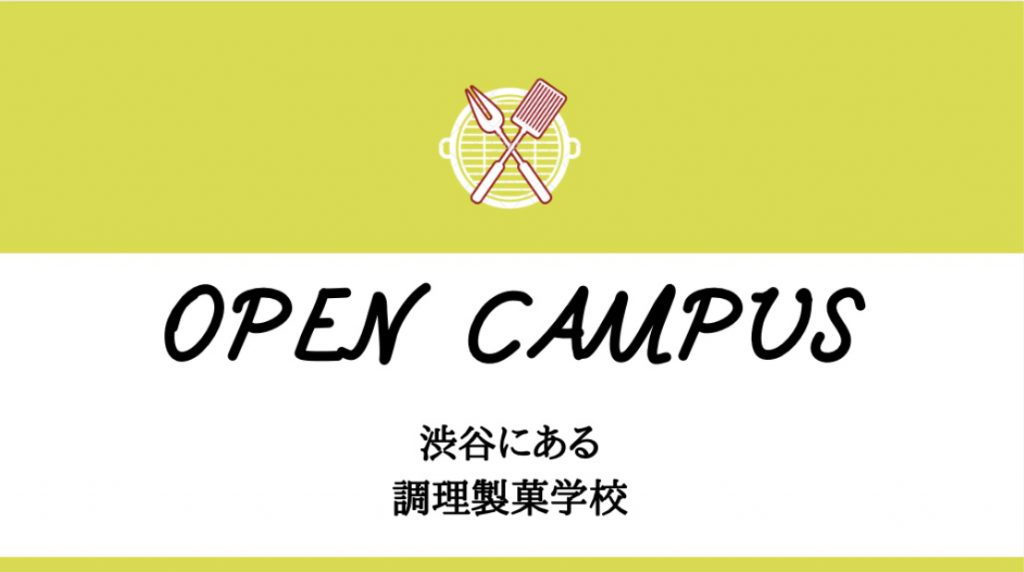
[Yamate Cooking and Confectionery College] 150-0044 Maruyama-cho, Shibuya-ku, Tokyo 28-5
.
.
[Enrollment General Information] 0120-805-801
